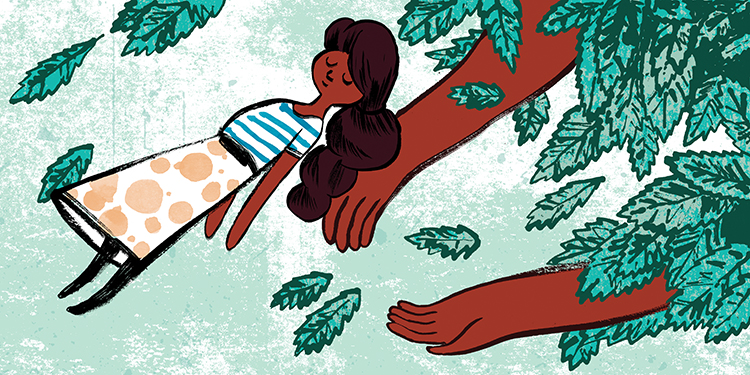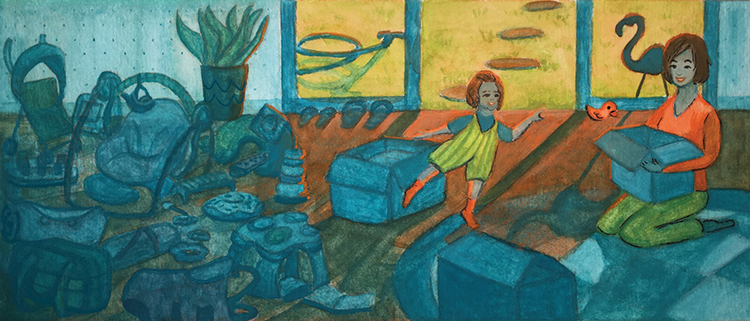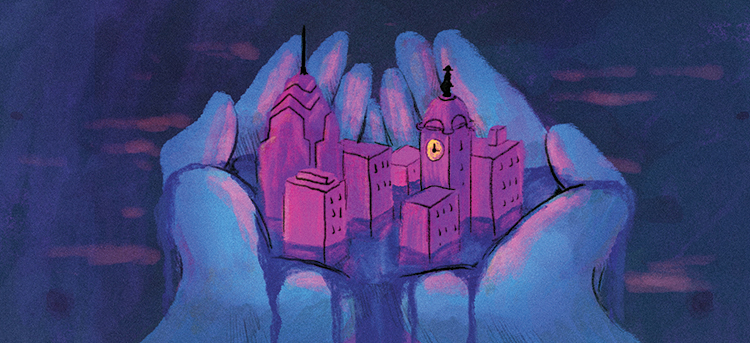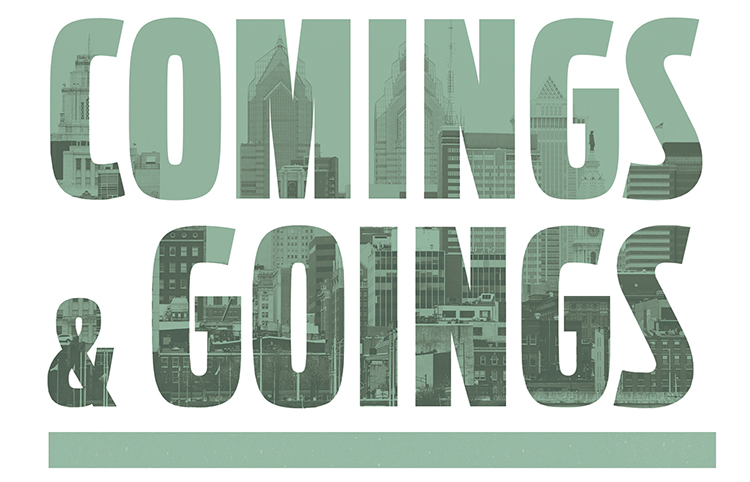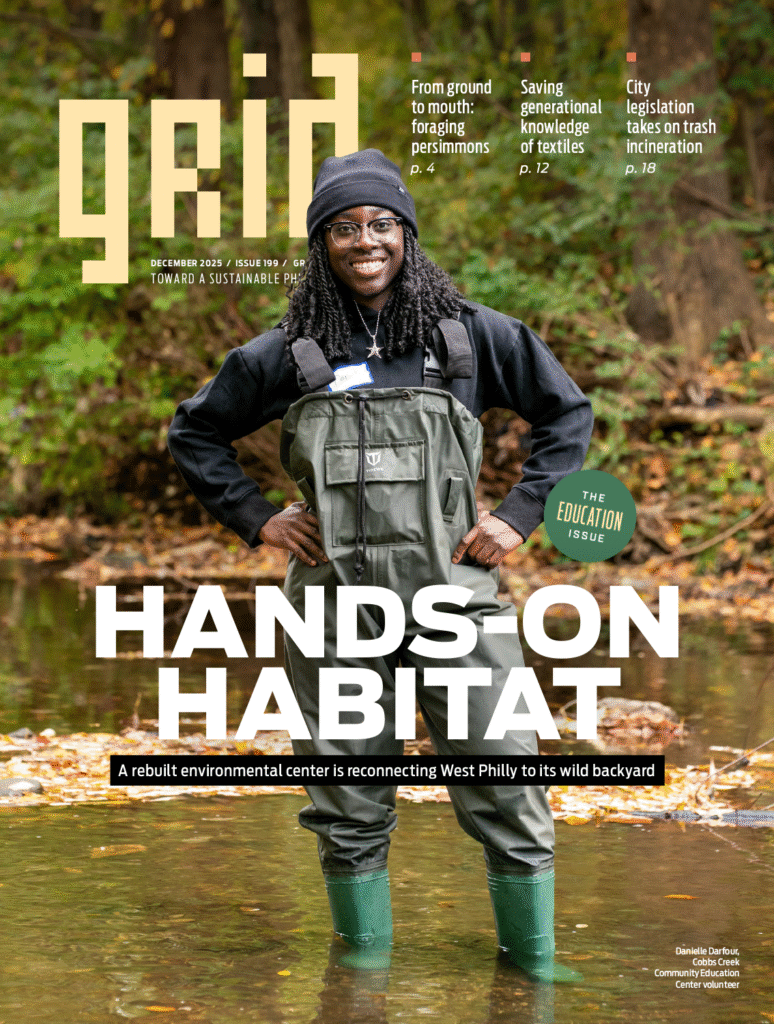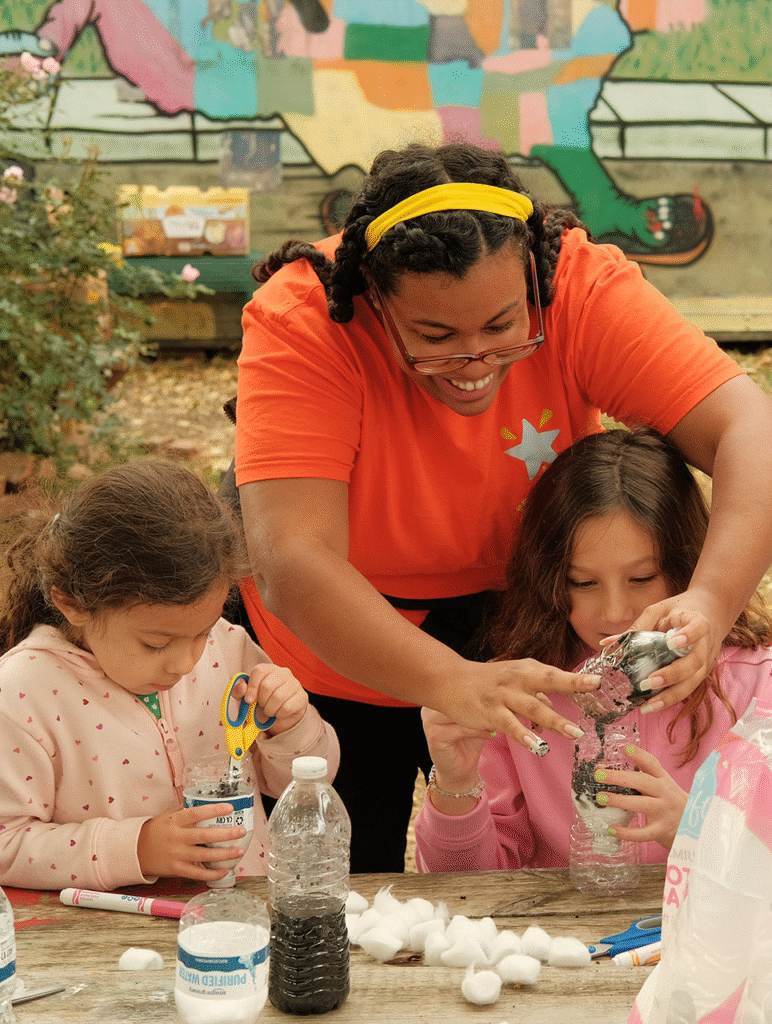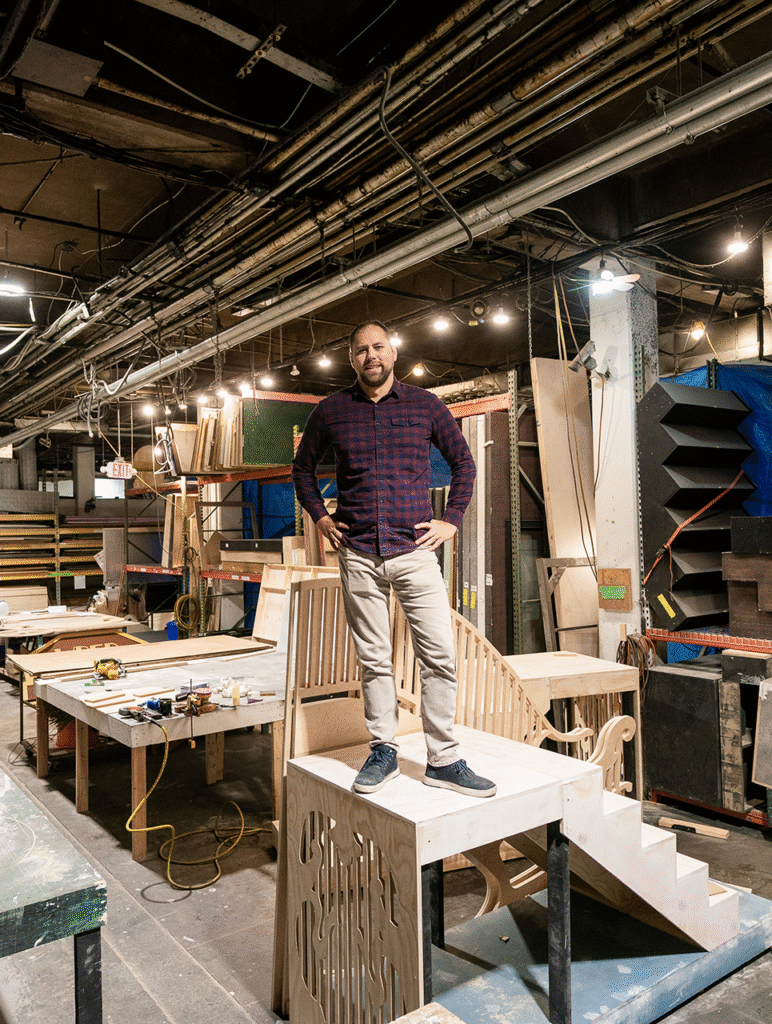illustration by Alexander Ciambriello
I have no interest in slaughtering animals. I have borne witness and it’s intense, hot, primal and best left to the people who are skilled at doing it quickly and humanely. But as a meat-eater, I wanted to “get to know” a whole animal in a visceral way, not just frozen packages of muscle and bone. One Sunday last winter, armed with sharp knives, determination and the book Whole Beast Butchery, my friend Ann Karlen, the founding director of Fair Food, and I took on the challenge of “breaking down” a pasture-raised hogget, or adolescent sheep. Three hours later, that beast was arrayed before us, a buffet of roasts, chops and stewing meat.
I’m a fiend for lamb. My monthly lamb chop night is a familiar frisson of pleasure and excitement. I come by my obsession honestly. Born and bred in New Zealand—where sheep outnumber humans eight to one, down from 22 to one in 1982—I was raised on a steady diet of hogget.
But my life has not always included lamb. I came to the U.S. 26 years ago to study macrobiotics, a grain-based and primarily vegan diet with a little fish thrown in. It was a foray into food as a healing tool that I had begun with my brother when he was diagnosed with AIDS two years earlier. Luckily, Tom never gave up his lamb chops and cream puffs—in the days before medications such as AZT prolonged the lives of those with HIV, his life was too short to forego those pleasures. But I dived into macrobiotics heart first.
I had been cooking professionally for eight years, amid food trends and flavor pairings that seemed increasingly random or downright icky, and I sought discipline and spiritual depth in cooking and in life. Macrobiotics has roots in ancient Chinese medicine and a powerful Zen influence. I was fascinated by the profound significance of every aspect of food: the way you cut and cook a vegetable, the interplay of flavors (sweet, salty, sour) the way you wash the rice, the time of day you eat it, your state of mind as you prepare it, food that is local, whole and in season—so many factors subtly changing the energy of the food and the effect on body and psyche. I could shape the destiny of those I cooked for. Heady stuff.
For the next 18 years, I ate, cooked, taught and explored the possibilities of macrobiotics. I believed that truly healing food should be delicious and flavorful. As my confidence and skill grew, though, I started to question and experiment, reintroducing flavors and foods that were not “recommended.” I applied the core principles to a broader culinary palette, but still, I stopped short of the greatest taboos—meat and dairy.
In 2000, I met Ann. She was looking for chefs to buy from local farmers. I was searching for a local farmer who would deliver to my Mt. Airy catering kitchen. That meeting led to many more with me sitting in rooms full of Amish livestock farmers in Lancaster County. I had fallen in love with the idea of reviving the local food system, but I realized I couldn’t help them if my life and my business excluded meat and dairy.
These pasture farmers were quietly passionate about their convictions—some even willing to break the law to supply customers hungry for quality raw milk and cultured milk products that they believed to be life- and health-changing. They had transformed their fathers’ conventional livestock farms—cows in the barn and grain in the field—into pastured operations. They sold off the old cows bred for maximum production, planted fields with carefully designed grass combinations and brought in cows bred to thrive on pasture, calm and healthy animals untouched by the nightmare of industrial agriculture.
It led me to re-examine my convictions and expand my thinking. I no longer believed meat and dairy were inherently destructive to human health, not when the animals are raised on pasture by farmers who care about their welfare.
So began a gradual journey back to being a full-fledged meat-eater. Starting with raw milk, then the delicious monthly ritual of the lamb chop, and culminating last winter, when Ann and I spent that fascinating afternoon carving up the hogget. I can’t say we did a good job—it was grisly, but it was satisfying, and I will never again see those parts as separate from the whole, live animal.
Lindsay Gilmour
is a chef and healing foods educator. She owns Organic Planet Handcrafted Foods, is a board member of Fair Food and works on farmer outreach and product development for Common Market Philadelphia.




